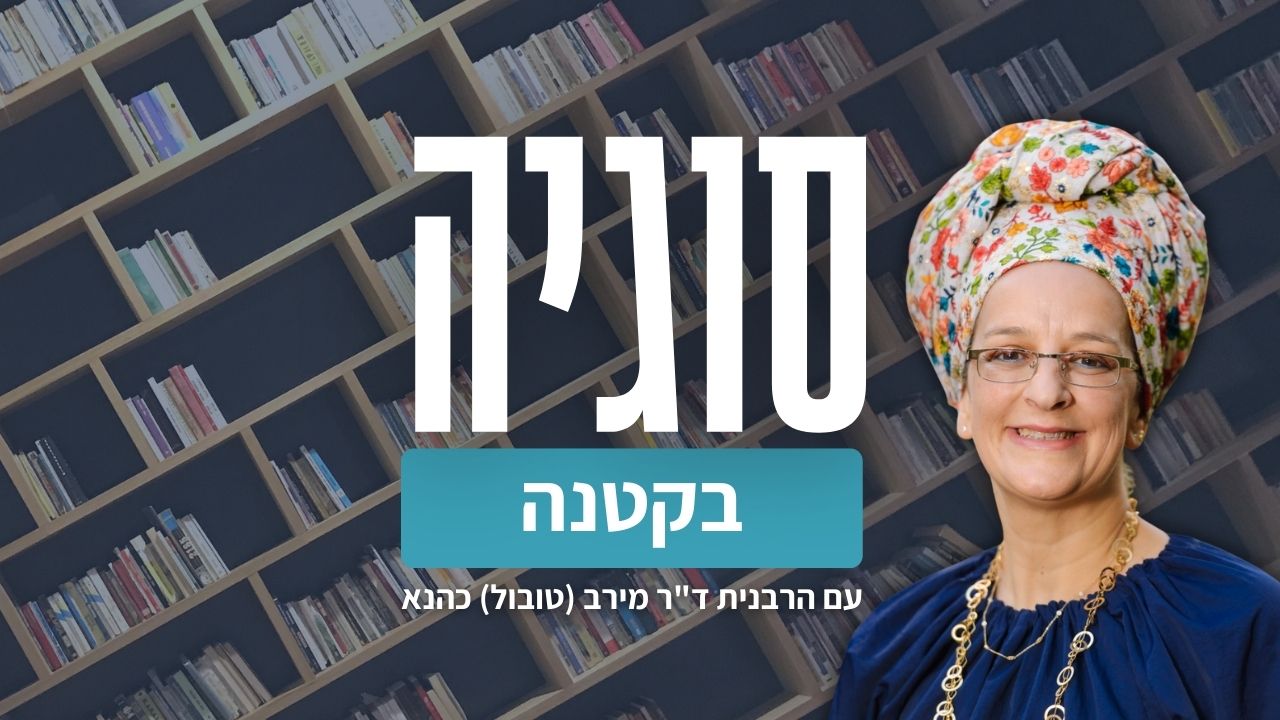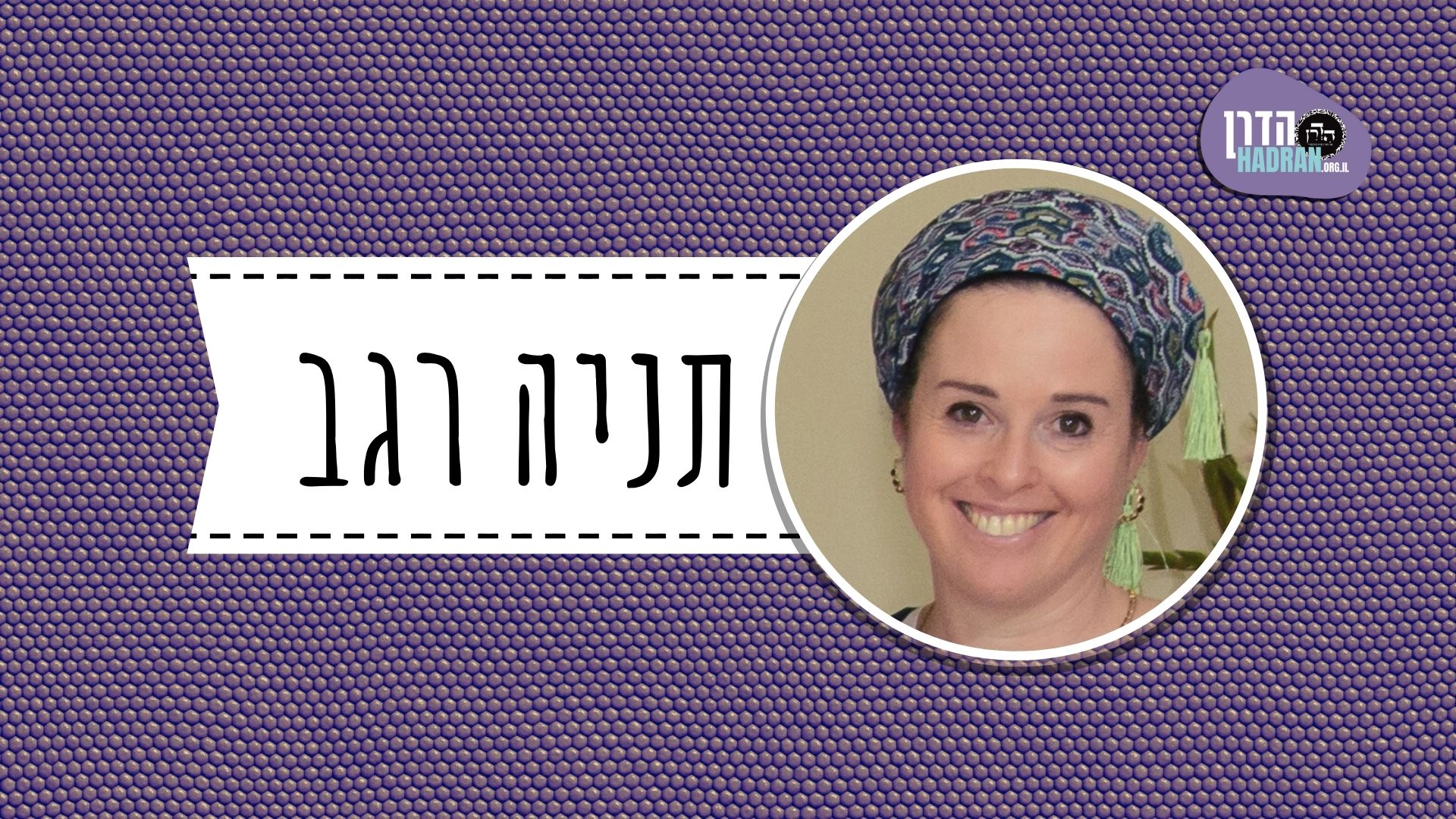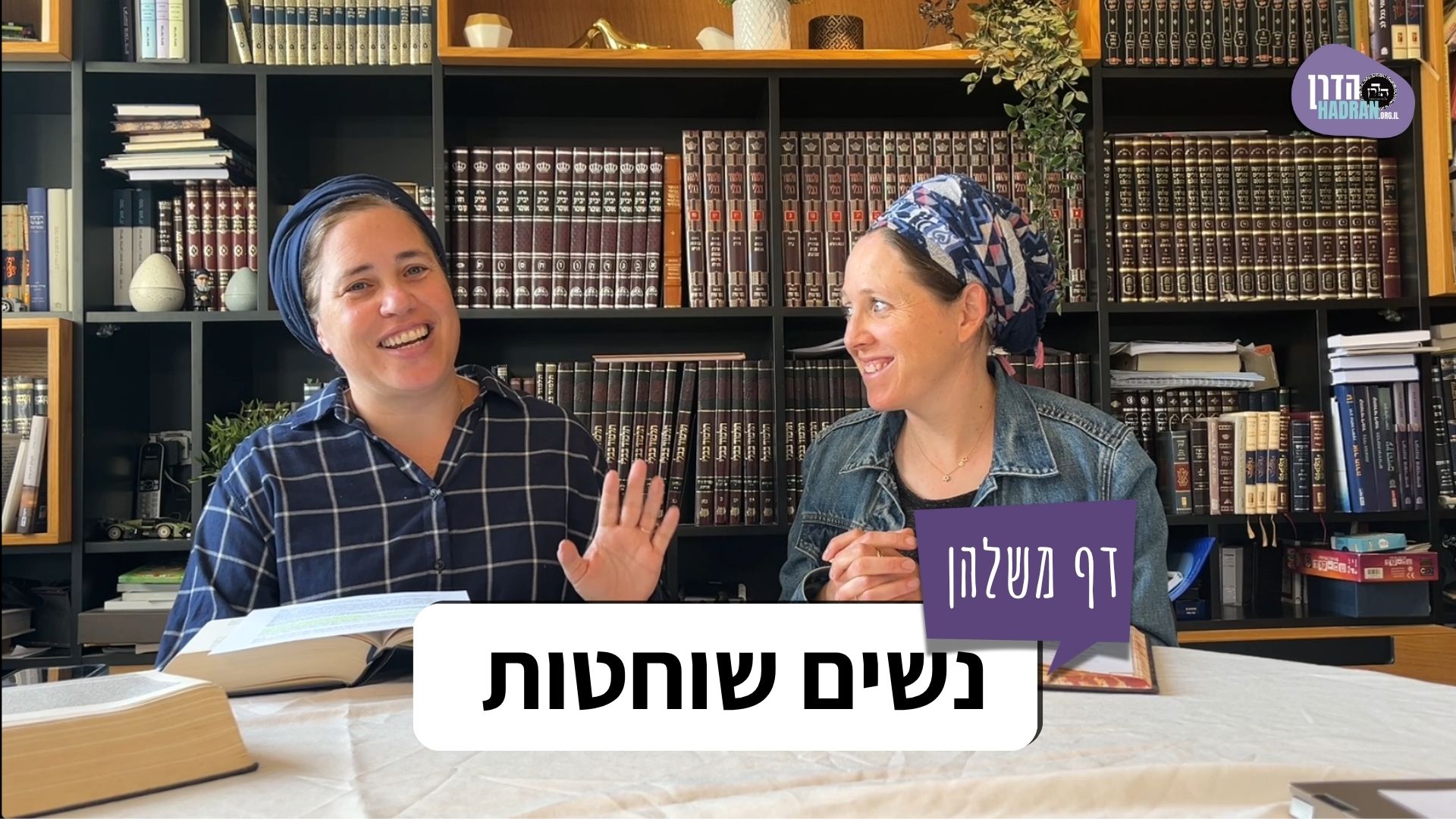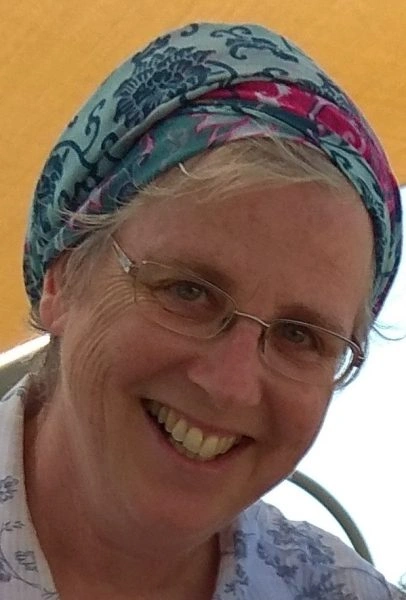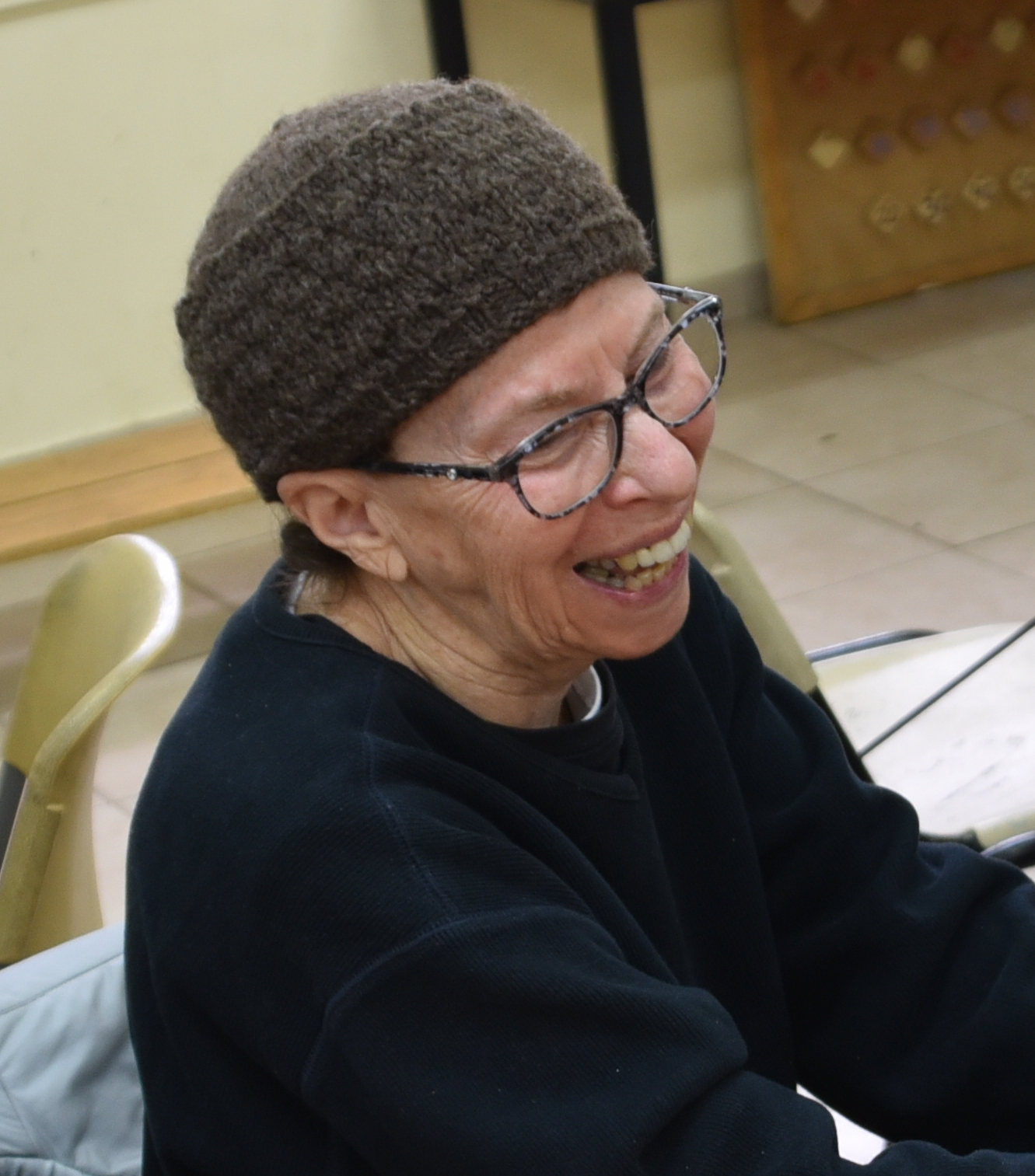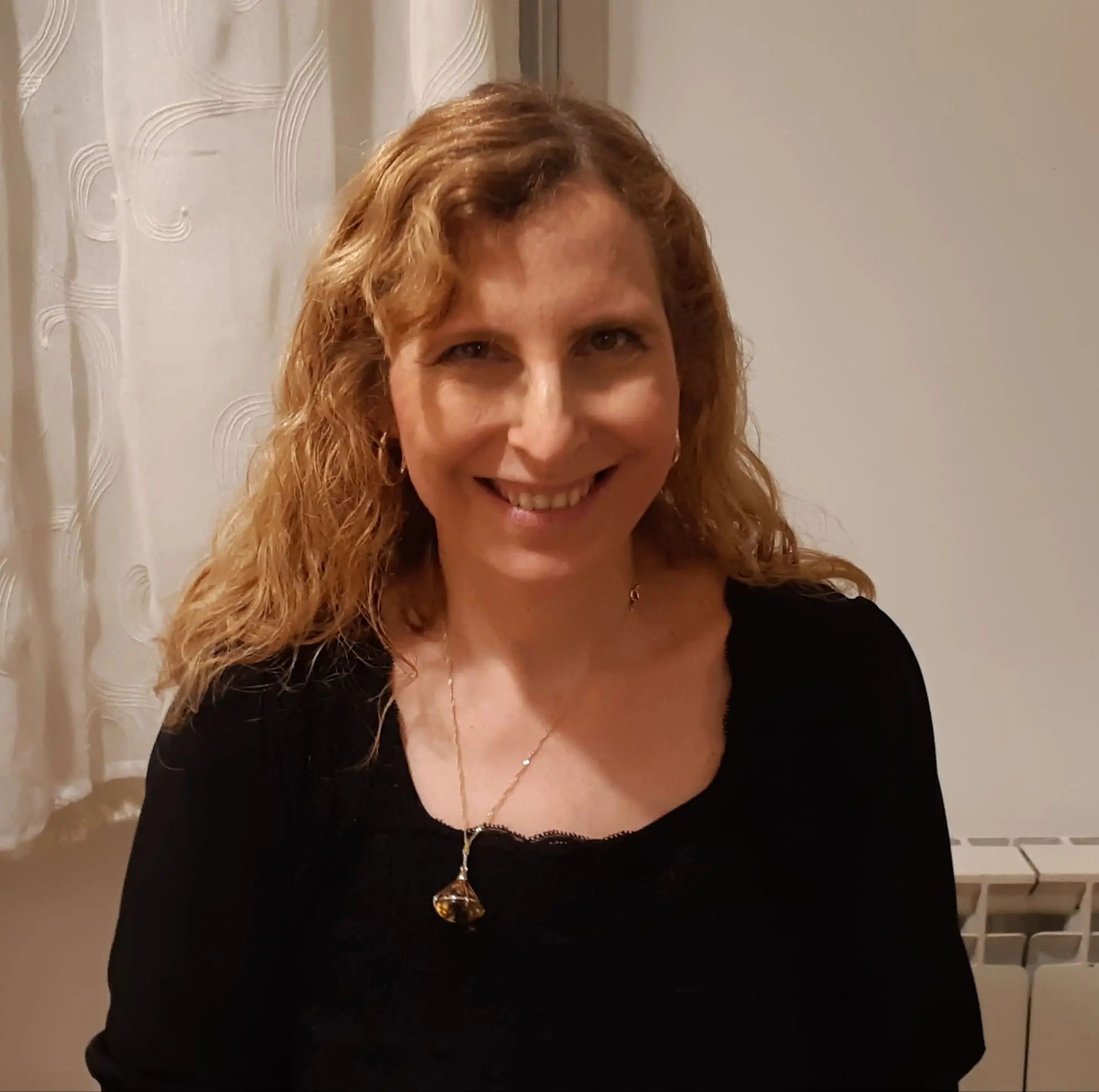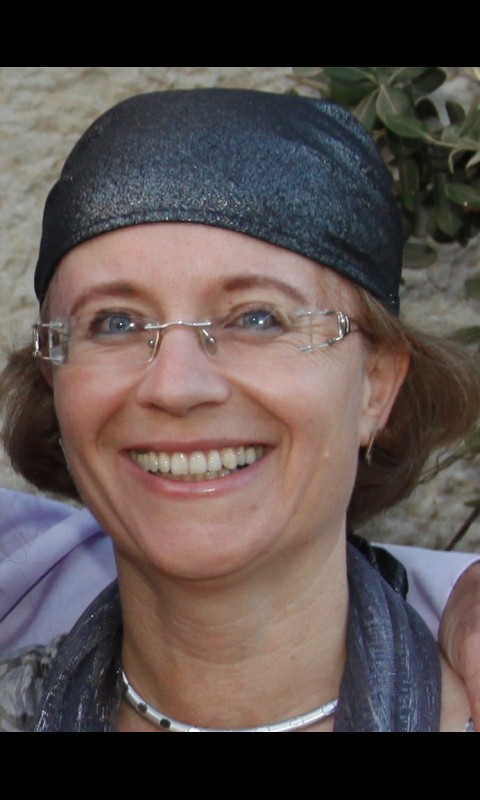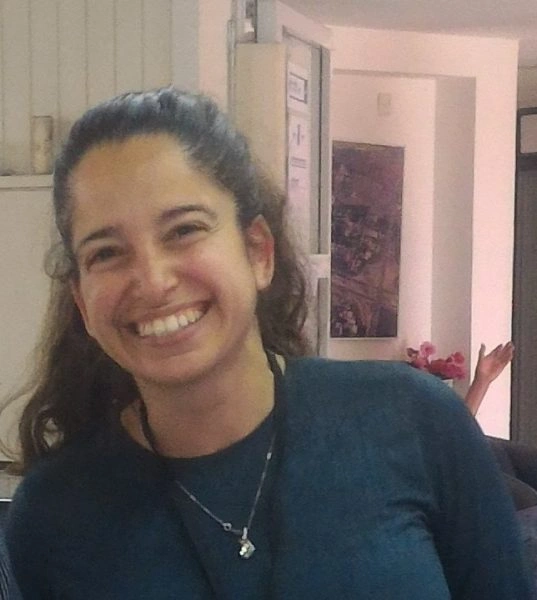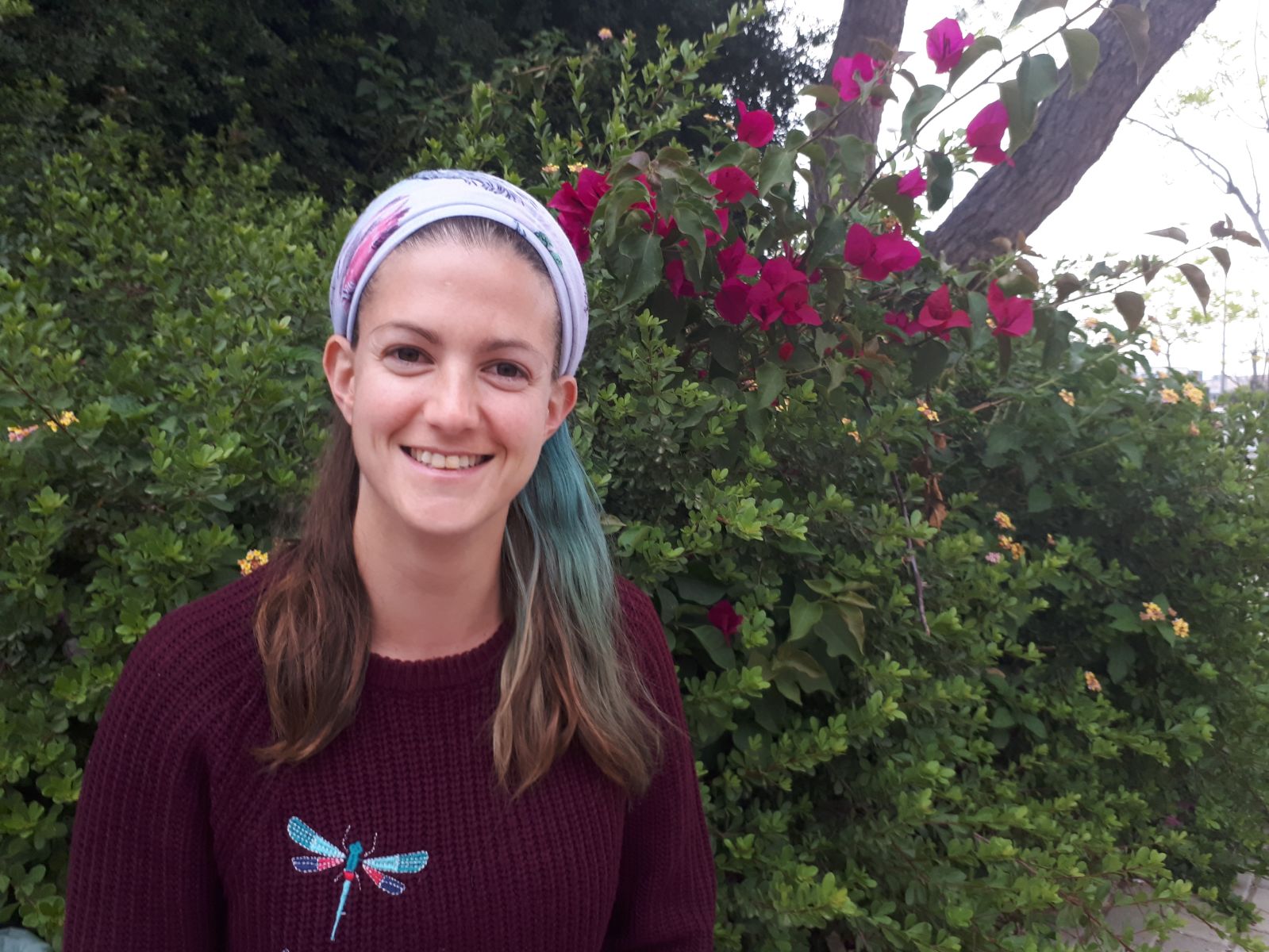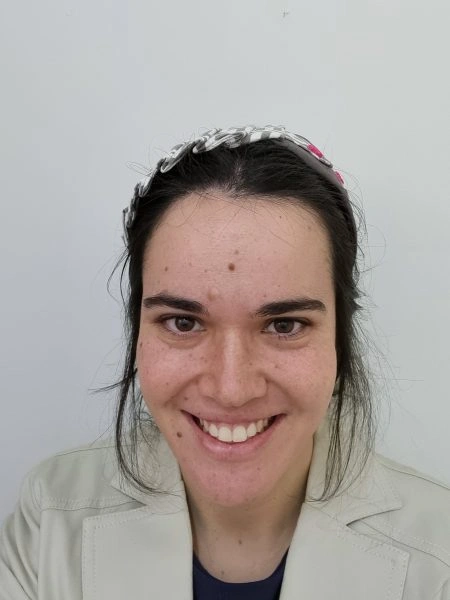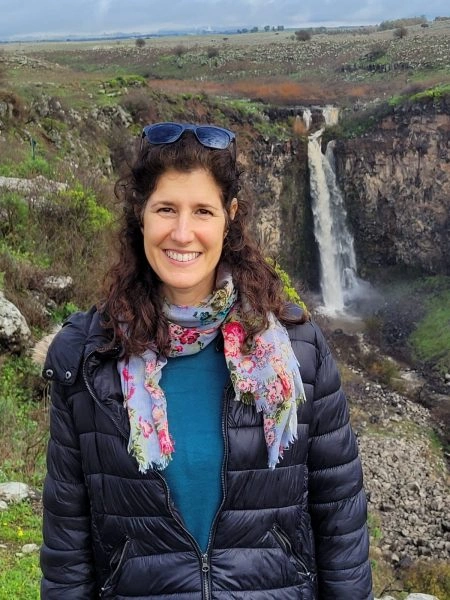מסכת זבחים
מסכת זבחים מוקדש ע”י אסתר קרמר לע”נ אביה מני גרוס.
הלימוד השבוע מוקדש ע”י אודרי מנדרו לע”נ יחזקאל בן רחל ואברהם.
רוצה להקדיש שיעור?

תקציר
המשנה מפרטת, כפי שעשתה בפרק ב’, זבחים כ”ט:ב, מצבים שונים שבהם מחשבה יכולה או אינה יכולה ליצור מצב של פיגול, שבו אכילת הבשר תגרור עונש כרת. רבי יהודה חולק על אחת ההלכות, וסובר שאם נעשתה מליקה בעוף בכוונה להקריב את הדם לאחר הזמן, ולאחר מכן נסחט הדם בכוונה לשרוף את הבשר מחוץ לעזרה – הרי זה פיגול, שכן אף על פי שהקרבן נפסל מסיבות אחרות, הפסול של "חוץ לזמנו” קדם.
ברייתא עוסקת בפסוקים של קרבן עולת העוף ומסיקה מהם מספר הלכות לגבי קרבן זה:
- מי שמתנדב להביא קרבן כזה, יכול להביא רק עוף אחד.
- המליקה חייבת להיעשות על ידי כהן.
- המליקה אינה נעשית בסכין.
- המליקה נעשית בראש המזבח.
- המליקה נעשית בעורף העוף.
- יש לנתק את ראש העוף.
- כל הדם נסחט (אין שארית).
- הדם נסחט על החלק העליון של קיר המזבח.
- יש מחלוקת האם המליקה וסחיטת הדם נעשות על הסובב – הרצועה שסביב המזבח – או בראשו.
ברייתא נוספת מביאה דעות שונות לגבי האיברים הנזרקים לבית הדשן ואופן הוצאתם מגוף העוף. העוף נבקע לשניים – פעולה זו נעשית ביד, כפי שנלמד מפסוק בספר שופטים לגבי שמשון.
רבי אלעזר ברבי שמעון חולק על תנא המשנה שלנו בנוגע לקרבן חטאת העוף שבו הכהן ניתק את הראש – האם הקרבן נפסל או לא. מובאות שלוש פרשנויות אפשריות להסביר את סיבת המחלוקת ביניהם.
כלים
מסכת זבחים
מסכת זבחים מוקדש ע”י אסתר קרמר לע”נ אביה מני גרוס.
הלימוד השבוע מוקדש ע”י אודרי מנדרו לע”נ יחזקאל בן רחל ואברהם.
הלימוד השבוע מוקדש על ידי הוריי, פאולה ורוברט כהן, לזכרה של סבתי, סוניה וושיץ, שרה בת יצחק ז״ל, במלאת חמש שנים לפטירתה. סבתי הייתה עבורי מופת של חריצות, התמדה ואופטימיות. הערכים שהנחילה לי ממשיכים ללוות אותי, להדריך אותי ולהעניק לי השראה בכל יום.
כלים
העמקה
רוצה להבין מה באמת קורה מתחת לפני השטח של הסוגיה?
שיעורים, פודקאסטים והרחבות של מיטב המורות שלנו יפתחו לך עוד זוויות וכיווני חשיבה.
חדשה בלימוד הגמרא?
זה הדף הראשון שלך? איזו התרגשות עצומה! יש לנו בדיוק את התכנים והכלים שיעזרו לך לעשות את הצעדים הראשונים ללמידה בקצב וברמה שלך, כך תוכלי להרגיש בנוח גם בתוך הסוגיות המורכבות ומאתגרות.
פסיפס הלומדות שלנו
גלי את קהילת הלומדות שלנו, מגוון נשים, רקעים וסיפורים. כולן חלק מתנועה ומסע מרגש ועוצמתי.
זבחים סה
חַטַּאת הָעוֹף (שֶׁמְּלָקוֹ) [שֶׁמְּלָקָהּ] שֶׁלֹּא לִשְׁמָהּ, וּמִיצָּה הַדָּם חוּץ לִזְמַנּוֹ; אוֹ שֶׁמָּלַק חוּץ לִזְמַנּוֹ, וּמִיצָּה דָּמוֹ שֶׁלֹּא לִשְׁמָהּ; אוֹ שֶׁמָּלַק וּמִיצָּה הַדָּם שֶׁלֹּא לִשְׁמָהּ – זֶהוּ שֶׁלֹּא קָרַב הַמַּתִּיר כְּמִצְוָתוֹ.
or in the case of a bird sin offering where one pinched its nape not for its sake and squeezed out its blood with the intent of consuming it or burning it beyond its designated time, or in a case where he pinched its nape with the intent to consume it or burn it beyond its designated time and squeezed out its blood not for its sake, or in a case where he pinched its nape and squeezed out its blood not for its sake, that is a case of a bird offering whose permitting factor is not sacrificed in accordance with its mitzva.
לֶאֱכוֹל כְּזַיִת בַּחוּץ כְּזַיִת לְמָחָר, כְּזַיִת לְמָחָר כְּזַיִת בַּחוּץ, כַּחֲצִי זַיִת בַּחוּץ כַּחֲצִי זַיִת לְמָחָר, כַּחֲצִי זַיִת לְמָחָר כַּחֲצִי זַיִת בַּחוּץ – פָּסוּל, וְאֵין בּוֹ כָּרֵת.
If one pinched the nape of the bird and squeezed out its blood with the intent to eat an olive-bulk of the offering outside its designated area and an olive-bulk the next day, or an olive-bulk the next day and an olive-bulk outside its designated area, or half an olive-bulk outside its designated area and half an olive-bulk the next day, or half an olive-bulk the next day and half an olive-bulk outside its designated area, the offering is disqualified and it does not include liability to receive karet.
אָמַר רַבִּי יְהוּדָה, זֶה הַכְּלָל: אִם מַחְשֶׁבֶת הַזְּמַן קָדְמָה לְמַחְשֶׁבֶת הַמָּקוֹם – פִּיגּוּל, וְחַיָּיבִין עָלָיו כָּרֵת. וְאִם מַחְשֶׁבֶת הַמָּקוֹם קָדְמָה לְמַחְשֶׁבֶת הַזְּמַן – פָּסוּל, וְאֵין בּוֹ כָּרֵת. [וַחֲכָמִים אוֹמְרִים: זֶה וָזֶה פָּסוּל וְאֵין בּוֹ כָּרֵת.]
Rabbi Yehuda disagreed and said that this is the principle: If the improper intent with regard to the time preceded the intent with regard to the area, the offering is piggul and one is liable to receive karet for eating it. And if the intent with regard to the area preceded the intent with regard to the time, the offering is disqualified and it does not include liability to receive karet. And the Rabbis say: In both this case where the intent with regard to time came first and that case where the intent with regard to area came first, the offering is disqualified and it does not include liability to receive karet.
לֶאֱכוֹל כַּחֲצִי זַיִת וּלְהַקְטִיר כַּחֲצִי זַיִת – כָּשֵׁר, שֶׁאֵין אֲכִילָה וְהַקְטָרָה מִצְטָרְפִין.
If his intent was to eat half an olive-bulk and to burn half an olive-bulk not at the appropriate time or in the appropriate area, the offering is valid, because eating and burning do not join together.
גְּמָ׳ תָּנוּ רַבָּנַן: ״וְהִקְרִיבוֹ״ – מָה תַּלְמוּד לוֹמַר?
GEMARA: The Sages taught a baraita with regard to the verse pertaining to a bird burnt offering: “And the priest shall bring it to the altar, and pinch off its head, and make it smoke on the altar” (Leviticus 1:15). What is the meaning when the verse states: And the priest shall bring it to the altar? Since the previous verse states that “he shall bring his offering,” this verse should have started with the phrase “And he shall pinch off its head.”
לְפִי שֶׁנֶּאֱמַר: ״וְהִקְרִיב מִן הַתֹּרִים אוֹ מִן בְּנֵי הַיּוֹנָה״ – יָכוֹל הַמִּתְנַדֵּב עוֹף לֹא יִפְחוֹת מִשְּׁנֵי פְּרִידִין? תַּלְמוּד לוֹמַר: ״וְהִקְרִיבוֹ״ – אֲפִילּוּ פְּרִידָה אַחַת יָבִיא אֶל הַמִּזְבֵּחַ.
Since it is stated in the preceding verse: “And if his offering to the Lord be a burnt offering of birds, then he shall bring his offering of doves, or of pigeons” (Leviticus 1:14), one might have thought that one who donates a bird as an offering may not donate fewer than two birds. Therefore, the verse states: “And the priest shall bring it,” indicating that one may bring even one bird to be sacrificed on the altar.
מָה תַּלְמוּד לוֹמַר: ״הַכֹּהֵן״? לִקְבּוֹעַ לוֹ כֹּהֵן. שֶׁיָּכוֹל וַהֲלֹא דִּין הוּא: וּמָה בֶּן צֹאן, שֶׁקָּבַע לוֹ צָפוֹן – לָא קָבַע לוֹ כֹּהֵן; עוֹף, שֶׁלָּא קָבַע לוֹ צָפוֹן – אֵינוֹ דִּין שֶׁלֹּא יִקְבַּע לוֹ כֹּהֵן?! תַּלְמוּד לוֹמַר: ״(אֶל) הַכֹּהֵן״ – לִקְבּוֹעַ לוֹ כֹּהֵן.
The baraita continues analyzing the verse: What is the meaning when the verse states that “the priest shall bring it to the altar” (Leviticus 1:15)? It is to establish that only a priest may pinch its nape, as one might have thought that even a non-priest may perform this procedure. Could this not be derived through logical inference: And if with regard to a sheep burnt offering, with regard to which the verse established that it must be slaughtered in the north (see Leviticus 1:11), it did not establish that it must be slaughtered by a priest (see 32a), then in the case of a bird burnt offering, with regard to which the verse did not establish that its nape must be pinched in the north, is it not logical that the verse does not establish that its nape must be pinched by a priest? To counter this, the verse states that “the priest shall bring it to the altar,” in order to establish that its nape must be pinched specifically by a priest.
יָכוֹל יִמְלְקֶנּוּ בְּסַכִּין? וְדִין הוּא: וּמָה אִם שְׁחִיטָה, שֶׁלֹּא קָבַע לָהּ כֹּהֵן – קָבַע לָהּ כְּלִי; מְלִיקָה, שֶׁקָּבַע לָהּ כֹּהֵן – אֵינוֹ דִּין שֶׁיִּקְבַּע לָהּ כְּלִי?!
The baraita continues: One might have thought that the priest should pinch its nape with a knife. And one could derive this through a logical inference: And if with regard to slaughtering, with regard to which the verse did not establish that it must be performed by a priest, it established that it must be performed with an instrument, i.e., a knife (see 97b); then in the case of pinching, which the verse established must be performed by a priest, is it not logical that the verse establishes that it must be performed with an instrument?
תַּלְמוּד לוֹמַר: ״כֹּהֵן… וּמָלַק״. אָמַר רַבִּי עֲקִיבָא: וְכִי תַּעֲלֶה עַל דַּעְתְּךָ שֶׁזָּר קָרֵב לְגַבֵּי מִזְבֵּחַ?! אֶלָּא מָה תַּלְמוּד לוֹמַר: ״כֹּהֵן״? שֶׁתְּהֵא מְלִיקָה בְּעַצְמוֹ שֶׁל כֹּהֵן.
To counter this, the verse states: “And the priest shall bring it near the altar and pinch off its head.” In explanation of this verse, Rabbi Akiva said: Could it enter your mind that a non-priest may approach the altar in order to sacrifice an offering? Since this is impossible, the verse does not need to state that the sacrificial rite is performed by a priest. Rather, what is the meaning when the verse states: “The priest”? It means that the pinching must be performed with the very body of the priest.
יָכוֹל יִמְלְקֶנָּה בֵּין מִלְּמַעְלָה בֵּין מִלְּמַטָּה? תַּלְמוּד לוֹמַר: ״וּמָלַק… וְהִקְטִיר״ – מָה הַקְטָרָה בְּרֹאשׁ הַמִּזְבֵּחַ, אַף מְלִיקָה בְּרֹאשׁ הַמִּזְבֵּחַ.
The baraita continues to analyze the verse: One might have thought that the priest may pinch the bird’s nape whether above the red line of the altar or below it. To counter this, the verse states: “And the priest shall bring it unto the altar and pinch off its head, and make it smoke on the altar.” The verse juxtaposes the pinching to the burning of the bird on the altar to teach that just as the burning occurs atop the altar, so too, the pinching occurs on the top part of the wall of the altar.
״וּמָלַק״ – מִמּוּל עוֹרֶף. אַתָּה אוֹמֵר מִמּוּל עוֹרֶף; אוֹ אֵינוֹ אֶלָּא מִן הַצַּוָּאר? וְדִין הוּא: נֶאֱמַר כָּאן ״וּמָלַק״, וְנֶאֱמַר לְהַלָּן ״וּמָלַק״; מָה לְהַלָּן מִמּוּל עוֹרֶף, אַף כָּאן מִמּוּל עוֹרֶף!
The baraita continues: The verse states that the priest shall “pinch off its head,” which must be performed at the nape. Do you say that the pinching occurs at the nape, or is it only at the throat? It can be derived through a logical inference: It is stated here, with regard to a bird burnt offering: “And pinch off its head” (Leviticus 1:15), and it is stated there, with regard to a bird sin offering: “And pinch off its head opposite its nape, but shall not separate it” (Leviticus 5:8). Just as there, the head is pinched at the nape, so too here, the head is pinched at the nape.
אִי – מָה לְהַלָּן מוֹלֵק וְאֵינוֹ מַבְדִּיל, אַף כָּאן מוֹלֵק וְאֵינוֹ מַבְדִּיל?! תַּלְמוּד לוֹמַר: ״וּמָלַק וְהִקְטִיר״; מָה הַקְטָרָה – הָרֹאשׁ לְעַצְמוֹ וְהַגּוּף לְעַצְמוֹ, אַף מְלִיקָה – הָרֹאשׁ לְעַצְמוֹ וְהַגּוּף לְעַצְמוֹ.
If the halakha of a bird burnt offering is derived from that of a bird sin offering, perhaps it should also be derived that just as there, the priest pinches off the head but does not separate it completely from the body, so too here, with regard to a bird burnt offering, he pinches off the head but does not separate it from the body. To counter this, the verse states with regard to a bird burnt offering: “And pinch off its head, and make it smoke on the altar” (Leviticus 1:15). This indicates that just as with regard to the burning of the bird burnt offering, the head is burned by itself and the body is burned by itself, so too with regard to the pinching, the head is by itself and the body is by itself, i.e., the head is completely detached from the body.
וּמִנַּיִן שֶׁהַקְטָרַת הָרֹאשׁ בְּעַצְמוֹ וְהַגּוּף בְּעַצְמוֹ? שֶׁנֶּאֱמַר: ״וְהִקְטִיר אוֹתוֹ״ – הֲרֵי הַקְטָרַת הַגּוּף אֲמוּרָה; הָא מָה אֲנִי מְקַיֵּים ״וְהִקְטִיר הַמִּזְבֵּחָה״? בְּהַקְטָרַת הָרֹאשׁ הַכָּתוּב מְדַבֵּר.
The baraita continues: And from where is it derived that the burning of the head is by itself and the body is burned by itself? As it is stated: “And he shall rend it by its wings…and the priest shall make it smoke upon the altar” (Leviticus 1:17). Since the burning of the body is stated in this verse, how do I realize the meaning of the earlier phrase: “And make it smoke on the altar” (Leviticus 1:15)? One must conclude that the verse is speaking about the burning of the head.
״וְנִמְצָה דָּמוֹ״ – כּוּלּוֹ. ״עַל קִיר הַמִּזְבֵּחַ״ – וְלֹא עַל קִיר הַכֶּבֶשׁ, וְלֹא עַל קִיר הַהֵיכָל; וְאֵיזֶה זֶה? זֶה קִיר הָעֶלְיוֹן.
The baraita continues to expound the verse stated with regard to a bird burnt offering: “And its blood shall be drained out on the wall of the altar” (Leviticus 1:15). When the verse states: “And its blood shall be drained out,” it means that all of it must be drained out. The continuation of the verse indicates that it must be drained out “on the wall of the altar,” and not on the wall of the ramp, nor on the wall of the Sanctuary. And which wall of the altar is this? This is the upper wall, i.e., above the red line.
אוֹ אֵינוֹ אֶלָּא קִיר הַתַּחְתּוֹן? וְדִין הוּא: מָה בְּהֵמָה, שֶׁחַטָּאתָהּ לְמַעְלָה – עוֹלָתָהּ לְמַטָּה; עוֹף, שֶׁחַטָּאתוֹ לְמַטָּה – אֵינוֹ דִּין שֶׁעוֹלָתוֹ לְמַטָּה?
Or perhaps the verse is referring only to the lower wall, i.e., below the red line; and this can be supported by a logical inference: And if with regard to an animal offering, where the blood of its sin offering is applied above the red line, the blood of its burnt offering is applied below the red line, then with regard to a bird offering, where the blood of its sin offering is sprinkled below the red line, is it not logical that the blood of its burnt offering is sprinkled below the red line?
תַּלְמוּד לוֹמַר: ״וּמָלַק… וְהִקְטִיר… וְנִמְצָה דָּמוֹ״ – וְכִי תַּעֲלֶה עַל דַּעְתְּךָ לְאַחַר שֶׁהִקְטִיר חוֹזֵר וּמְמַצֶּה?! אֶלָּא לוֹמַר לָךְ: מָה הַקְטָרָה בְּרֹאשׁ הַמִּזְבֵּחַ, אַף מִיצּוּי בְּרֹאשׁ הַמִּזְבֵּחַ. הָא כֵּיצַד? הָיָה עוֹלֶה בַּכֶּבֶשׁ וּפוֹנֶה לַסּוֹבֵב, וּבָא לוֹ לְקֶרֶן דְּרוֹמִית מִזְרָחִית; הָיָה מוֹלֵק אֶת רֹאשָׁהּ מִמּוּל עׇרְפָּה וּמַבְדִּיל, וּמְמַצֶּה מִדָּמָהּ עַל קִיר הַמִּזְבֵּחַ. אִם עֲשָׂאָהּ לְמַטָּה מֵרַגְלָיו, אֲפִילּוּ אַמָּה – כְּשֵׁירָה.
To counter this, the verse states: “And pinch off its head, and make it smoke on the altar; and its blood shall be drained out.” Could it enter your mind that after he has burned the bird, the priest goes back and drains out its blood? Rather, the verse serves to tell you: Just as the burning occurs atop the altar, so too, the draining occurs atop the altar. How so? The priest would ascend the ramp and turn to the surrounding ledge and arrive at the southeast corner. He would pinch off the bird’s head at its nape, and separate it from its body. He would then squeeze out its blood on the wall of the altar beside him. Nevertheless, if the priest performed the squeezing below his feet, i.e., below the surrounding ledge, even one cubit beneath the ledge, it is valid.
רַבִּי נְחֶמְיָה וְרַבִּי אֱלִיעֶזֶר בֶּן יַעֲקֹב אוֹמְרִים: כׇּל עַצְמָהּ אֵין נַעֲשֵׂית אֶלָּא בְּרֹאשׁ הַמִּזְבֵּחַ. מַאי בֵּינַיְיהוּ?
The baraita concludes by citing a dissenting opinion: Rabbi Neḥemya and Rabbi Eliezer ben Ya’akov say: The entire rite of a bird burnt offering is performed only atop the altar. The Gemara asks: Since the first tanna and Rabbi Neḥemya and Rabbi Eliezer ben Ya’akov agree that the bird must be burned atop the altar and its blood must be squeezed on the top part of the wall of the altar, what is the difference between them?
אַבָּיֵי וְרָבָא דְּאָמְרִי תַּרְוַיְיהוּ: עוֹשֶׂה מַעֲרָכָה עַל גַּבֵּי סוֹבֵב אִיכָּא בֵּינַיְיהוּ.
Abaye and Rava both say: There is a difference between them with regard to whether one may form an arrangement of wood on the surrounding ledge and burn the bird there. According to the first tanna, this is permitted when needed, and therefore it is valid if the priest squeezes out the blood on the wall up to a cubit below the surrounding ledge. According to Rabbi Neḥemya and Rabbi Eliezer ben Ya’akov, one may never burn the bird on the surrounding ledge, and therefore it is not valid if the priest squeezed out the blood below the surrounding ledge.
בָּא לוֹ לַגּוּף כּוּ׳. תָּנוּ רַבָּנַן: ״וְהֵסִיר אֶת מֻרְאָתוֹ בְּנֹצָתָהּ״ – זוֹ זֶפֶק.
§ The mishna teaches that after the priest throws the bird’s head onto the fire on the altar, he arrives at the body and removes the crop and the feathers attached to it and the innards that emerge with them, and tosses them to the place of the ashes. The Sages taught in a baraita with regard to the verse pertaining to a bird burnt offering: “And he shall take away murato with its feathers” (Leviticus 1:16). This word, murato, is referring to the crop.
יָכוֹל יַקְדִּיר בְּסַכִּין וְיִטְּלֶנּוּ? תַּלְמוּד לוֹמַר: ״בְּנֹצָתָהּ״ – נוֹטֵל אֶת הַנּוֹצָה עִמָּהּ. אַבָּא יוֹסֵי בֶּן חָנָן אוֹמֵר: נוֹטְלָהּ וְנוֹטֵל קוּרְקְבָנָהּ עִמָּהּ.
Had the verse written only “its crop,” one might have thought that the priest may cut the skin with a knife and take the crop without any other part of the bird. Therefore, the verse states: “With its feathers [benotzatah],” which teaches that he takes the feathers with it, i.e., he must remove the skin with the feathers still attached. The Gemara presents another opinion: Abba Yosei ben Ḥanan says: He takes the crop and he also takes its gizzard with it.
דְּבֵי רַבִּי יִשְׁמָעֵאל תָּנָא: ״בְּנֹצָתָהּ״ – בְּנוֹצָה שֶׁלָּהּ; קוֹדְרָהּ בְּסַכִּין כְּמִין אֲרוּבָּה.
A Sage from the school of Rabbi Yishmael taught: The word benotzatah is a contraction of the words benotza shelah, meaning its feathers. This teaches that the priest cuts it with a knife, creating an opening like a window opposite the crop. This allows him to remove the crop with only the feathers and skin directly opposite it, and that is what he brings to the place of the ashes.
שִׁיסַּע וְלֹא הִבְדִּיל. תָּנוּ רַבָּנַן: ״וְשִׁסַּע״ – אֵין שִׁיסַּע אֶלָּא בַּיָּד, וְכֵן הוּא אוֹמֵר: ״וַיְשַׁסְּעֵהוּ כְּשַׁסַּע הַגְּדִי״.
§ The mishna teaches that after removing the crop and the feathers and innards that emerged with it, the priest ripped the bird lengthwise and did not separate the two halves of the bird. In this regard the Sages taught in a baraita: The verse states: “And he shall rend” (Leviticus 1:17). The act of rending is performed only by hand, and so too, the verse states with regard to Samson: “And he rent it as one would have rent a kid, and he had nothing in his hand” (Judges 14:6).
לֹא הֵסִיר אֶת הַמּוּרְאָה כּוּ׳. מַתְנִיתִין דְּלָא כְּרַבִּי אֶלְעָזָר בְּרַבִּי שִׁמְעוֹן; דְּתַנְיָא, אָמַר רַבִּי אֶלְעָזָר בְּרַבִּי שִׁמְעוֹן: שָׁמַעְתִּי שֶׁמַּבְדִּילִין בְּחַטַּאת הָעוֹף.
§ The mishna teaches that if the priest did not remove the crop, or he changed any detail of the sacrificial rite after he squeezed out the blood, the offering is valid. If he separated the head from the body of a bird sin offering, it is disqualified. The Gemara says: The mishna is not in accordance with the opinion of Rabbi Elazar, son of Rabbi Shimon, as it is taught in a baraita that Rabbi Elazar, son of Rabbi Shimon, said: I heard that one may separate the head from the body of a bird sin offering.
מַאי בֵּינַיְיהוּ? אָמַר רַב חִסְדָּא: מִיצּוּי חַטַּאת הָעוֹף מְעַכֵּב אִיכָּא בֵּינַיְיהוּ. תַּנָּא קַמָּא סָבַר: מִיצּוּי חַטַּאת הָעוֹף מְעַכֵּב; וְכֵיוָן דְּמִצּוּי דָּם, קָעָבֵיד מַעֲשֵׂה עוֹלָה בְּחַטַּאת הָעוֹף.
The Gemara asks: What is the reason for the difference between them, i.e., what is the basis of the disagreement? Rav Ḥisda says: The difference between them concerns the question of whether squeezing out the blood of a bird sin offering after its blood has been sprinkled is indispensable. The first tanna, whose opinion is cited in the mishna, holds that squeezing out the blood of a bird sin offering is indispensable. And since squeezing out the blood is indispensable, the priest will have to squeeze out the blood after separating the head from the body, and he will have performed the rite of a bird burnt offering on a bird sin offering, which disqualifies the offering (see 66a).
וְרַבִּי אֶלְעָזָר בְּרַבִּי שִׁמְעוֹן סָבַר: מִיצּוּי חַטַּאת הָעוֹף לֹא מְעַכֵּב, וּמְחַתֵּךְ בָּשָׂר בְּעָלְמָא הוּא.
And Rabbi Elazar, son of Rabbi Shimon, holds that squeezing out the blood of a bird sin offering is not indispensable. Consequently, if the priest would separate the bird’s head from its body, he would refrain from squeezing out the blood, in which case the rite is dissimilar to that of a bird burnt offering. And the separation of the head is considered as though the priest was merely cutting flesh, and the offering is valid.
רָבָא אָמַר: שְׁהִיָּיה בְּסִימָן שֵׁנִי בְּעוֹלַת הָעוֹף מְעַכֵּב אִיכָּא בֵּינַיְיהוּ. תַּנָּא קַמָּא סָבַר: שְׁהִיָּיה בְּסִימָן שֵׁנִי בְּעוֹלַת הָעוֹף – לֹא מְעַכֵּב; וְאַף עַל גַּב דִּשְׁהִיָּיה, קָא עָבֵיד מַעֲשֵׂה עוֹלָה בְּחַטָּאת.
Rava says there is an alternative explanation of the dispute: It is possible that all agree that squeezing the blood of a bird sin offering is indispensable, and there is a difference between them with regard to whether interrupting the pinching before severing the second siman, i.e., the gullet or windpipe, one of the organs that must be cut in the ritual slaughter, of a bird burnt offering disqualifies the offering. The first tanna holds that interrupting the pinching before severing the second siman of a bird burnt offering does not disqualify the offering, and therefore, if the priest separates the head of a bird sin offering from its body, even though he interrupted the pinching before severing the second siman, he has performed the rite of a bird burnt offering on a bird sin offering, which disqualifies it.
וְרַבִּי אֶלְעָזָר בְּרַבִּי שִׁמְעוֹן סָבַר: מְעַכֵּב; וְכֵיוָן דִּשְׁהִיָּיה, מְחַתֵּךְ בָּשָׂר בְּעָלְמָא הוּא.
And Rabbi Elazar, son of Rabbi Shimon, holds that interrupting the pinching of a bird burnt offering disqualifies the offering. Therefore, in the case of a bird sin offering, since the priest interrupted the pinching before severing the second siman, even if he separates the head from the body he is merely cutting flesh, i.e., it is an insignificant act because he is not performing the rite of a burnt offering on a sin offering, and the offering is not disqualified.
אַבָּיֵי אָמַר: רוֹב בָּשָׂר מְעַכֵּב אִיכָּא בֵּינַיְיהוּ.
Abaye says there is a third explanation of the dispute between the tanna’im: It is possible that all agree that interrupting the pinching before severing the second siman disqualifies a bird burnt offering, and there is a difference between them with regard to whether cutting the majority of the flesh of the nape of a bird sin offering is indispensable.
וּבִפְלוּגְתָּא דְּרַבִּי זֵירָא וְרַבִּי שְׁמוּאֵל בַּר רַב יִצְחָק; חַד אָמַר: שְׁהִיָּיה בְּסִימָן שֵׁנִי בְּעוֹלַת הָעוֹף מְעַכֵּב אִיכָּא בֵּינַיְיהוּ, וְחַד אָמַר: רוֹב בָּשָׂר מְעַכֵּב אִיכָּא בֵּינַיְיהוּ.
The Gemara points out: And Rava and Abaye disagree with regard to the issue that is the subject of the dispute between Rabbi Zeira and Rabbi Shmuel bar Rav Yitzḥak. One says that the difference between the first tanna and Rabbi Elazar, son of Rabbi Shimon, concerns whether interrupting the pinching before severing the second siman of a bird burnt offering disqualifies the offering. And one says that the difference between them concerns whether cutting the majority of the flesh of the nape of a bird sin offering is indispensable.
מִכְּלָל דְּבָעֵינַן דְּרוֹב בָּשָׂר בַּתְּחִילָּה?! אִין; וְהָתַנְיָא: כֵּיצַד מוֹלְקִין חַטַּאת הָעוֹף? חוֹתֵךְ שִׁדְרָה וּמַפְרֶקֶת בְּלֹא רוֹב בָּשָׂר, עַד שֶׁמַּגִּיעַ לַוֶּושֶׁט אוֹ לַקָּנֶה. הִגִּיעַ לַוֶּושֶׁט אוֹ לַקָּנֶה – חוֹתֵךְ סִימָן אֶחָד אוֹ רוּבּוֹ, וְרוֹב בָּשָׂר עִמּוֹ. וּבָעוֹלָה – שְׁנַיִם אוֹ רוֹב שְׁנַיִם.
The Gemara asks: Since there is a dispute concerning whether cutting the majority of the flesh of the nape of a bird sin offering is indispensable, can it be deduced by inference that all agree that we require the priest to cut the majority of the flesh ab initio? The Gemara responds: Yes; and similarly it was taught in baraita: How does one pinch the nape of a bird sin offering? Using his thumbnail, the priest cuts the spine and nape, without cutting through the majority of the flesh, until he reaches either the gullet or the windpipe. Upon reaching the gullet or the windpipe, he cuts one siman entirely, or at least the majority of it, and he cuts the majority of the flesh with it. And in the case of a bird burnt offering, he cuts the two simanim or the majority of the two simanim.
אַמְרוּהָ קַמֵּיהּ דְּרַבִּי יִרְמְיָה, אָמַר: לָא שְׁמִיעַ לְהוּ הָא דְּאָמַר רַבִּי שִׁמְעוֹן בֶּן אֶלְיָקִים מִשּׁוּם רַבִּי אֶלְעָזָר בֶּן פְּדָת מִשּׁוּם רַבִּי אֶלְעָזָר בֶּן שַׁמּוּעַ? אוֹמֵר הָיָה רַבִּי אֶלְעָזָר בְּרַבִּי שִׁמְעוֹן: שָׁמַעְתִּי בְּחַטַּאת הָעוֹף שֶׁמַּבְדִּילִין. וּמַאי ״לֹא יַבְדִּיל״ –
The Gemara relates that the Rabbis said this dispute between the amora’im concerning the reason for the opinion of Rabbi Elazar, son of Rabbi Shimon, before Rabbi Yirmeya. Rabbi Yirmeya said: Have they not heard that which Rabbi Shimon ben Elyakim said in the name of Rabbi Elazar ben Pedat, in the name of Rabbi Elazar ben Shammua: Rabbi Elazar, son of Rabbi Shimon, used to say: I heard that one may completely separate the head of a bird sin offering from its body. And what is the meaning of the verse that states: “But shall not separate it” (Leviticus 5:8)?
